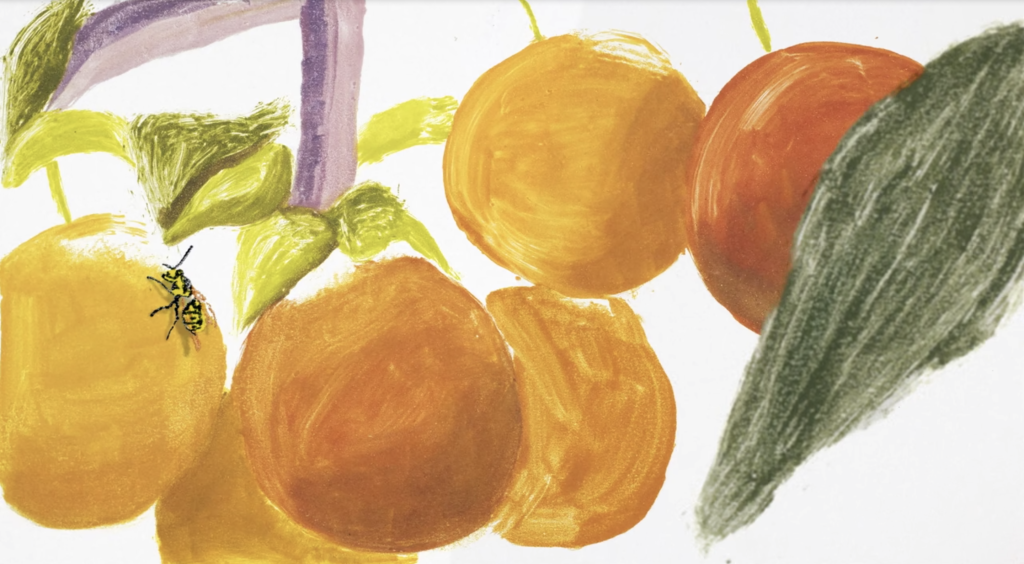25/11/23
Juliette Laboria
Juliette Laboria is an animator and filmmaker. She specialises in 2D digital and traditional techniques (paint, sand, pencil, paper cut-outs), and also works on Dragon Frame, TV paint, Harmony, and After Effects. In her personal work, she often makes reference to summer, childhood, sensations, and dream worlds. Living in all its forms often occupies a central place.
I encountered her work for the first time in the London Independent Animation Festival (LIAF) last year. I was amazed by her unique drawing style and the live movement she drew in the animation.




https://www.instagram.com/juliette.laboria/?hl=fr
Interview with Juliette Laboria:
Q1: What does it feel like to be a 2D hand-drawn animator after you graduate? Is it hard to find a job as a hand-drawn animator since it is not as trendy and convenient as a 2d digital artist and 3d animator?
In reality, I was mainly a 2D hand animator during my studies. And I quickly realised when I left that it wasn’t what I was going to use most. Money and time make it much harder to use outside school, unfortunately. And yes, it’s hard to find a job in hand-drawn 2D animation because fewer and fewer films are being made that way. But my first job as an animator was painting animation on glass, and I was very happy with that! But that was the only one for the time being, so since then I’ve been perfecting my skills on tvpaint and I’ve taken a course on toon boom Harmony.
Q2: Are you working more towards a director role or an animator role in stop-motion animation? I’m more interested in directing my own animation but I don’t mind working as an animator if it’s for a living.
Since I finished my studies, in terms of time, I’ve worked more as a director than as an animator. In terms of experience, I’d say it’s equivalent. Ideally, I’d like to do only directing, but sometimes it’s also good to work on other people’s projects. And to come back to question 1, all the films I made after school were in digital 2D on tvpaint, which I think is the software that allows you to get closest to the handmade aspect.
Q4: This one is especially for Pests! I’m really curious about how you make Pests. I saw you said it’s all made by monotype which is amazing!!! But it must be a huge amount of work. Especially for the scene where the kids are eating fruits and all the human movements are really smooth. Did you use a monotype for that part as well? Or is it monotype with hand-drawn animation?
The visual aspect of Nuisibles was done 100% in monotype, yes, but I had pre-drawn the film beforehand on tvpaint to make sure that everything worked as I wanted in terms of visuals, editing, and rhythm. I based most of the shots on videos I’d made myself of people I knew. I also modelled the garden space in 3D so that I could make the camera movements at the beginning of the film, among other things. I made the second shot by filming movements in the forest and then rotoscoped the elements that I thought would be useful for understanding the sequence.